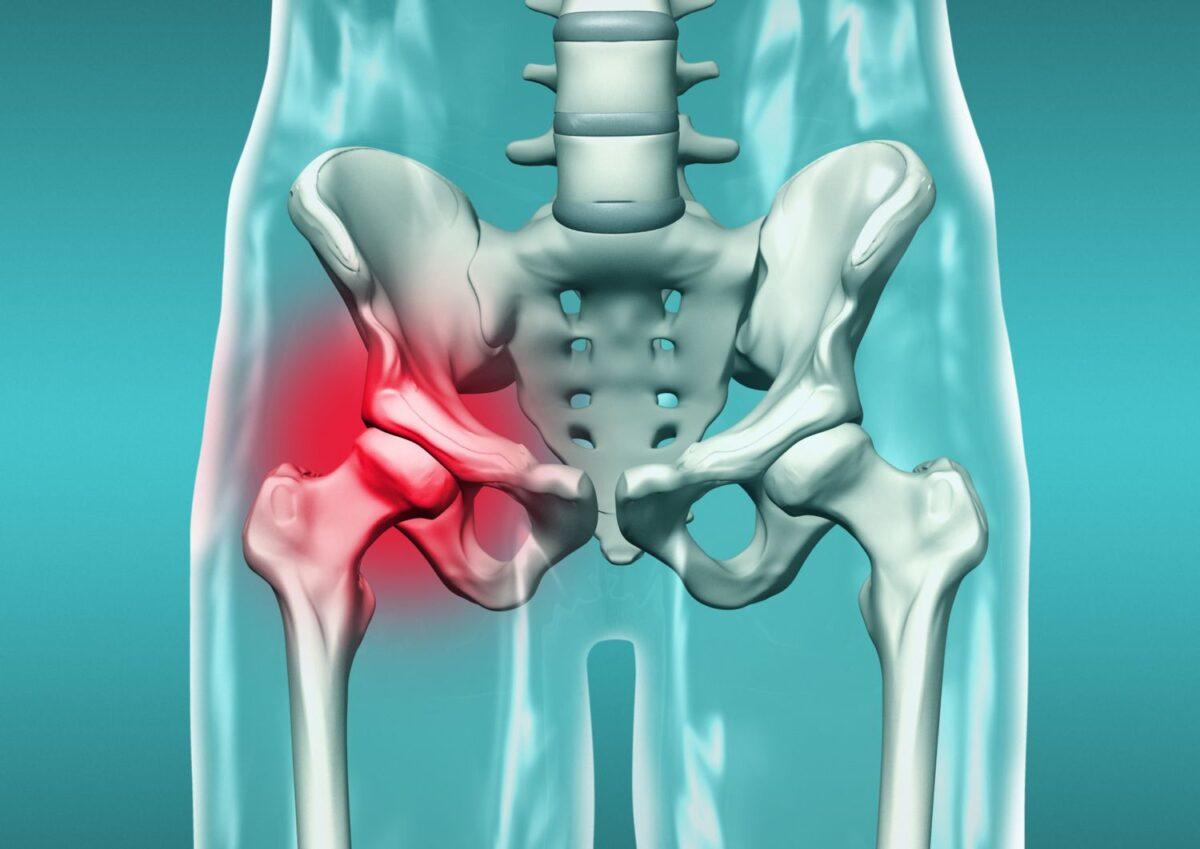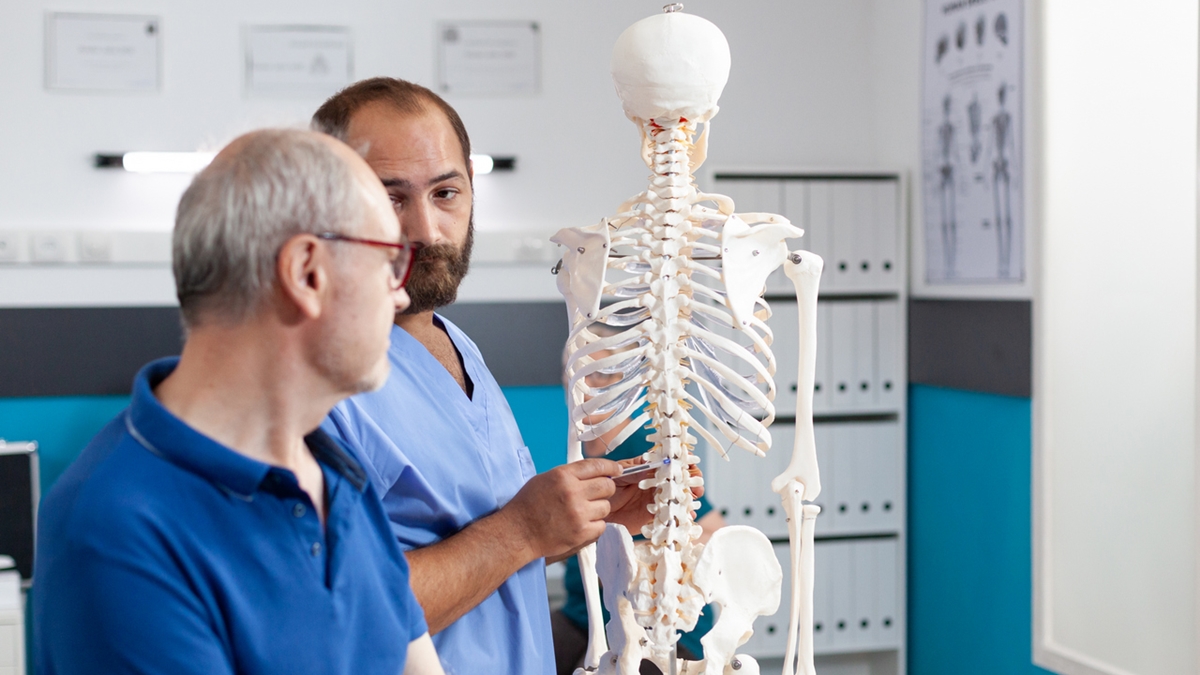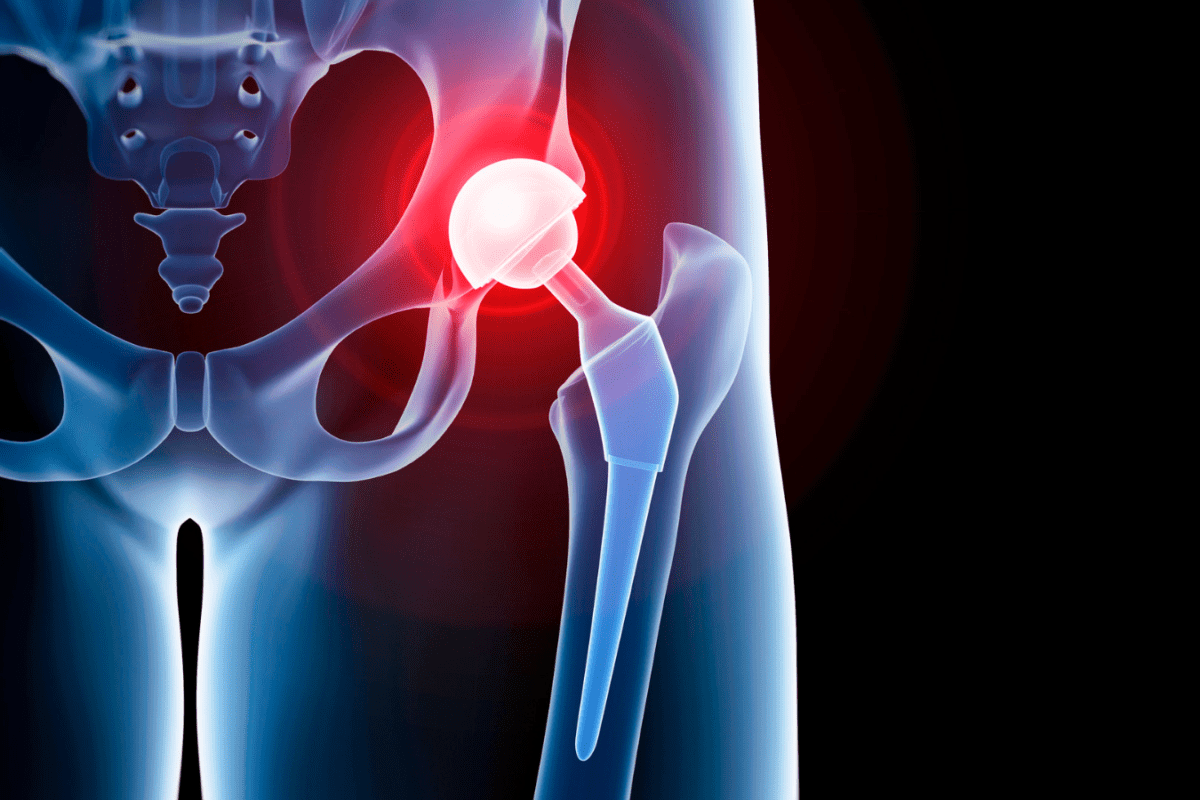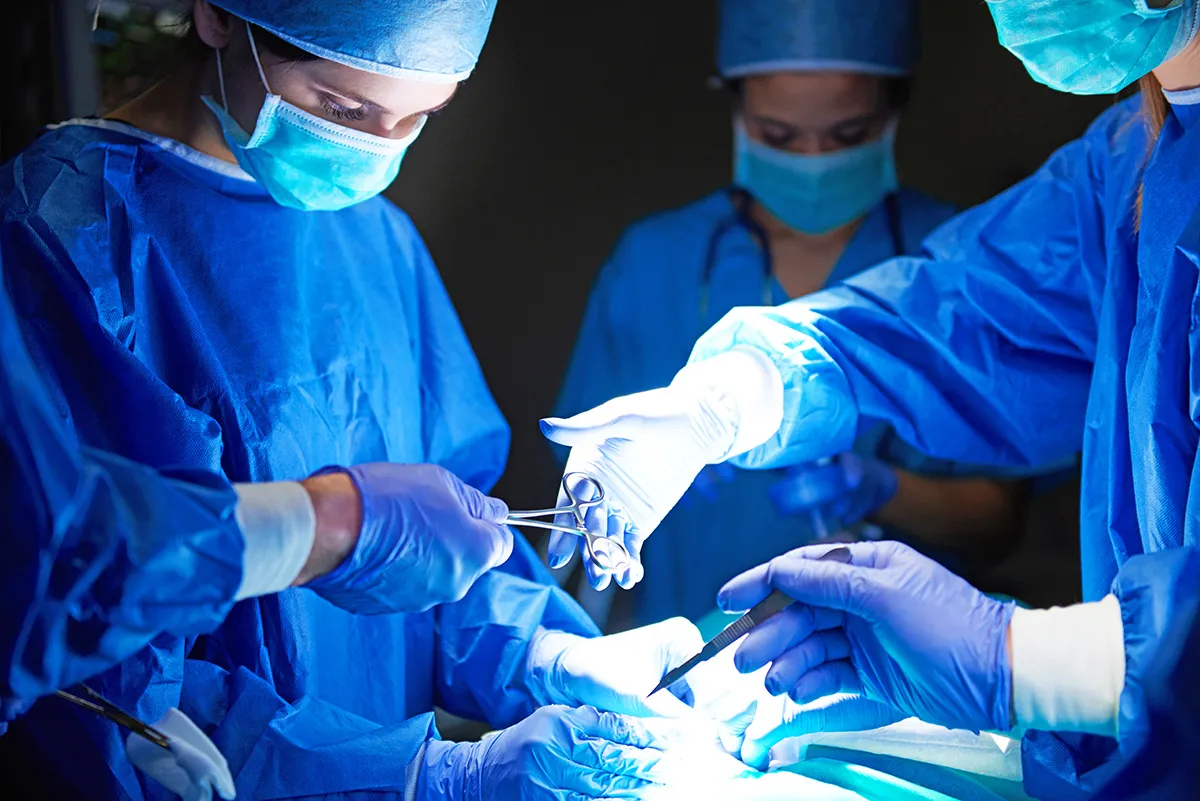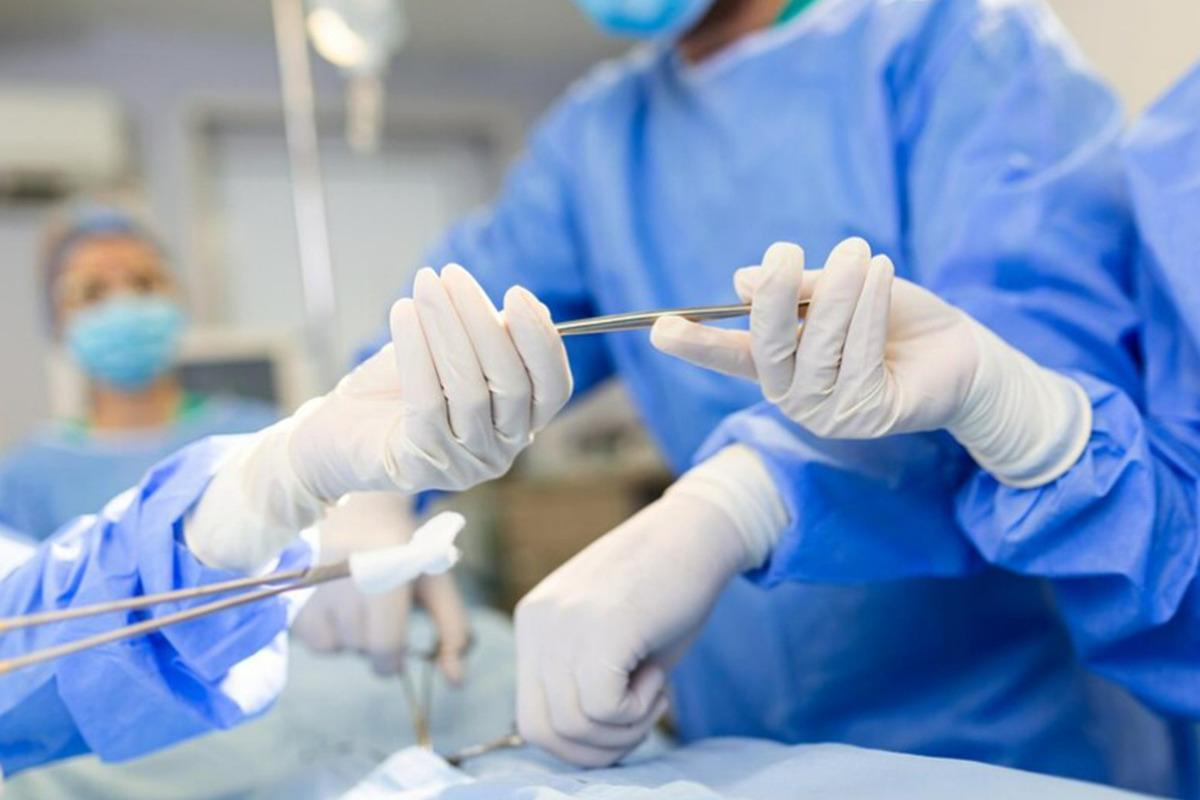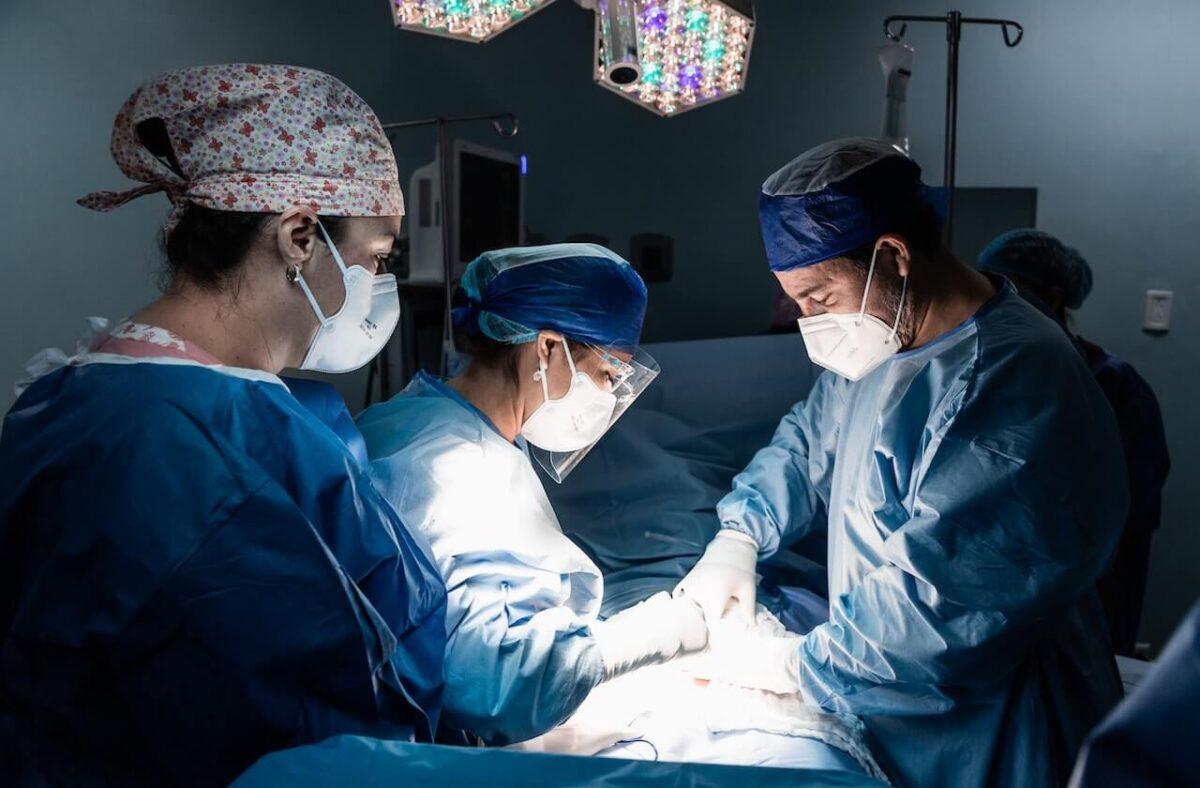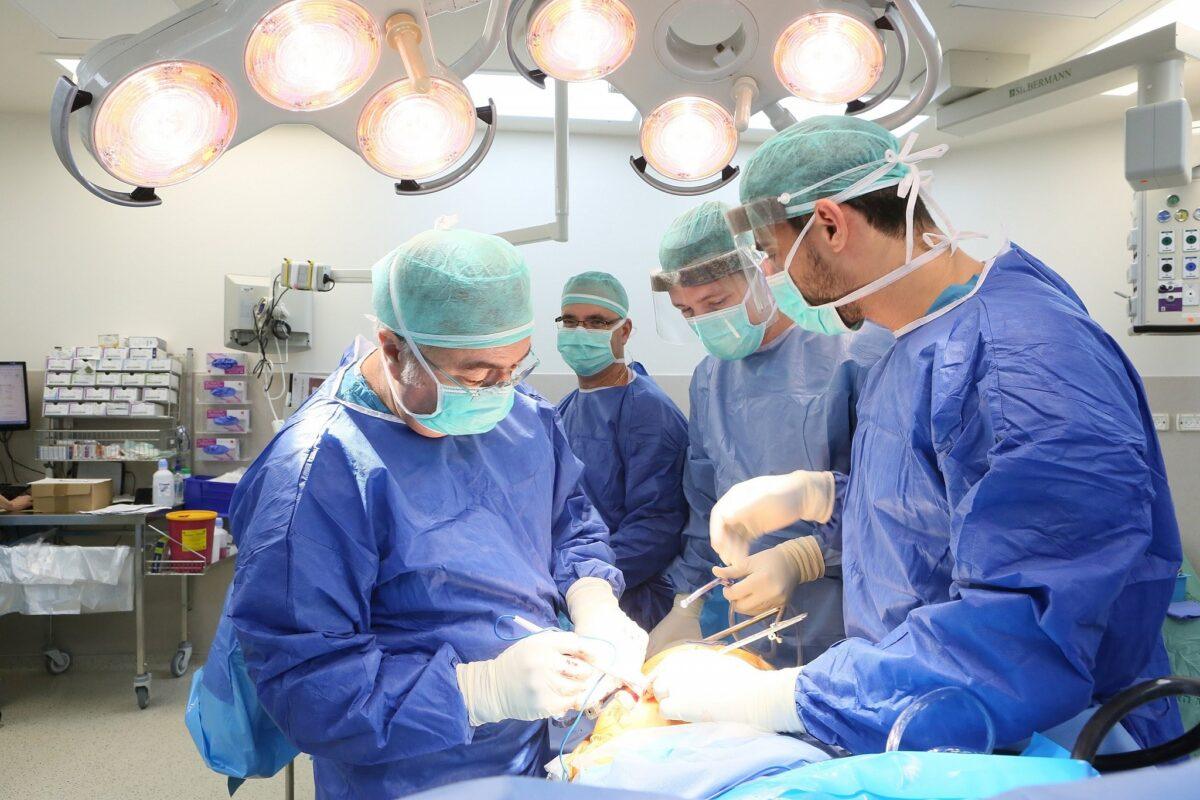
If you’re considering knee replacement surgery, you might be curious about the latest advancements that make these procedures safer, more precise, and better tailored to individual needs. One such advancement is the integration of robotic technology into the surgical process. This isn’t just about embracing high-tech for the sake of it; it’s about enhancing the accuracy and outcomes of your surgery in ways previously not possible.
Think of it like this: if traditional surgery was like navigating a familiar road with a standard map, robotic-assisted surgery is like using a state-of-the-art GPS system. This technology doesn’t just guide the surgeon—it enhances their ability to plan and execute the surgery with a level of precision that is designed to improve how well your new knee functions and feels.
The Role of Robotics in Modern Knee Surgery
Robotic knee replacement surgery represents a significant leap forward in orthopedic medicine. This method employs a robotic arm controlled by the surgeon, which is used to assist with the precise removal of damaged bone and the placement of the knee implant.
Let’s break it down with a simple analogy: imagine you’re an artist tasked with restoring a beautiful, intricate painting. You could do it by hand with tiny brushes, relying solely on your eyes and steady hands. Now, imagine you have a high-definition camera and a computer-guided tool that helps you apply each stroke of paint exactly where it’s needed, matching the original colors and textures without overstepping. This is what robotic technology does for knee replacement—it guides the surgeon’s hands to achieve the desired accuracy in removing damaged parts and fitting the new knee.
The technology typically involves three key components:
- 3D Imaging: Before the surgery, detailed 3D images of your knee are created. This is akin to having a detailed map before going on a journey, allowing for meticulous planning.
- Robotic Arm: During surgery, the surgeon uses a robotic arm, which acts like a highly precise tool, ensuring that all actions are executed with greater accuracy than could be achieved by hand alone.
- Real-time Feedback: Throughout the procedure, the surgeon receives real-time feedback from the robotic system. This can be compared to having a highly skilled assistant who provides constant updates and ensures everything goes according to plan.
This combination of planning, precision, and feedback helps ensure that the knee implant is perfectly aligned and fitted to your unique anatomy, which is crucial for the success of the surgery and the longevity of the knee implant.
Benefits of Robotic Knee Replacement Surgery
The primary benefits of robotic knee replacement are rooted in the precision and personalization that the technology offers. This can be especially important for surgery outcomes and patient satisfaction.
- Increased Accuracy: Robotic assistance in knee surgery allows for extraordinarily precise bone cuts and implant placement. Think of it like the difference between freehand drawing a straight line and using a ruler. The robotic system acts as that ruler, guiding every cut with precision that is difficult to achieve manually.
- Customized Surgery Plans: Each person’s anatomy is unique, and robotic surgery takes this into account by allowing surgeons to create and follow a customized plan based on detailed 3D models of your knee. It’s similar to a tailor measuring you for a custom suit, ensuring it fits perfectly to your body’s contours.
- Minimized Tissue Damage: The precise movements controlled by the robotic system help to significantly reduce the amount of tissue disruption during surgery. This minimally invasive approach typically results in less postoperative pain and a faster recovery.
- Optimized Patient Outcomes: The detailed preoperative planning combined with the robotic precision during surgery contributes to a more naturally feeling knee post-operation. This leads to improved alignment with the body’s natural movements and better overall functionality of the knee.
- Outpatient Surgery Capability: The efficiency and precision provided by the robotic technology facilitate its use in outpatient surgical settings. This means some patients can have the procedure and return home on the same day, potentially reducing the risks associated with longer hospital stays.
These benefits showcase why robotic knee replacement is becoming a preferred choice for many surgeons and patients alike. It brings together the best of technology and medical expertise to improve surgical outcomes and patient experiences.
Who is a Candidate for Robotic Knee Replacement Surgery?
Not everyone with knee pain will need or benefit from robotic knee replacement surgery. However, for many, it represents a significant advancement in the treatment of knee conditions. Understanding who is most likely to benefit from this technology can help patients and their doctors make informed decisions.
- Advanced Osteoarthritis: Patients who suffer from severe osteoarthritis, where the cartilage has worn away and the joint space is diminished, often find great relief with knee replacements. Using robotics can enhance the precision of the procedure, which is crucial in these complex cases.
- Previous Knee Surgeries: For those who have had previous knee surgeries, the anatomy of the knee might be altered, making traditional surgery more challenging. Robotic systems can adapt to these complexities, offering customized planning that considers previous surgical changes.
- Complex Knee Conditions: Patients with deformities of the knee, such as those caused by previous injuries or conditions like rheumatoid arthritis, can benefit from the enhanced accuracy of robotic surgery. The technology allows surgeons to plan and execute the surgery with adjustments tailored specifically to unusual anatomies.
- Younger, Active Patients: Younger individuals who are active and wish to maintain a high level of activity can be ideal candidates. The precision of robotic surgery often results in a more natural-feeling knee, which is crucial for returning to high levels of activity.
- Patients Seeking a Rapid Recovery: Those who are looking for a shorter recovery time may also be good candidates. The minimally invasive nature of robotic surgery typically allows for quicker rehabilitation and return to daily activities.
Recovery and Rehabilitation After Robotic Knee Replacement Surgery
Recovery and rehabilitation are crucial phases after any knee replacement surgery. With robotic knee replacement, the precision of the procedure often leads to a smoother and potentially quicker recovery process. Here’s what you can expect during the rehabilitation period:
- Immediate Post-Surgery Care: Right after surgery, care focuses on managing pain and preventing complications. Patients often start moving the knee the day of or the day after surgery to promote blood flow and reduce the risk of blood clots. Imagine waking up from a long rest and stretching your limbs gently to get the blood flowing—that’s essentially what these initial movements are like.
- Physical Therapy: This begins almost immediately. The goal is to strengthen the muscles around the new knee and improve flexibility. Physical therapy might start with gentle exercises and gradually increase in intensity. Think of it like learning to dance; you start with slow, simple steps and as you gain confidence and strength, you move on to more complex movements.
- Home Exercises: Alongside scheduled physical therapy, you’ll be given exercises to do at home. These exercises are like homework that helps reinforce what you learn in therapy sessions, ensuring continuous improvement.
- Follow-Up Visits: Regular check-ins with your surgeon and physical therapist help track your progress and make adjustments to your recovery plan as needed. These are akin to progress reviews that help ensure you’re on track and making the best recovery possible.
- Long-Term Care and Activity: Full recovery can take several weeks to months, depending on various factors like age, overall health, and how closely you follow your rehabilitation regime. Once recovered, most patients can return to their everyday activities and even enjoy hobbies that were previously hindered by knee pain. It’s like getting back in the game after a long pause, ready to play better than before.
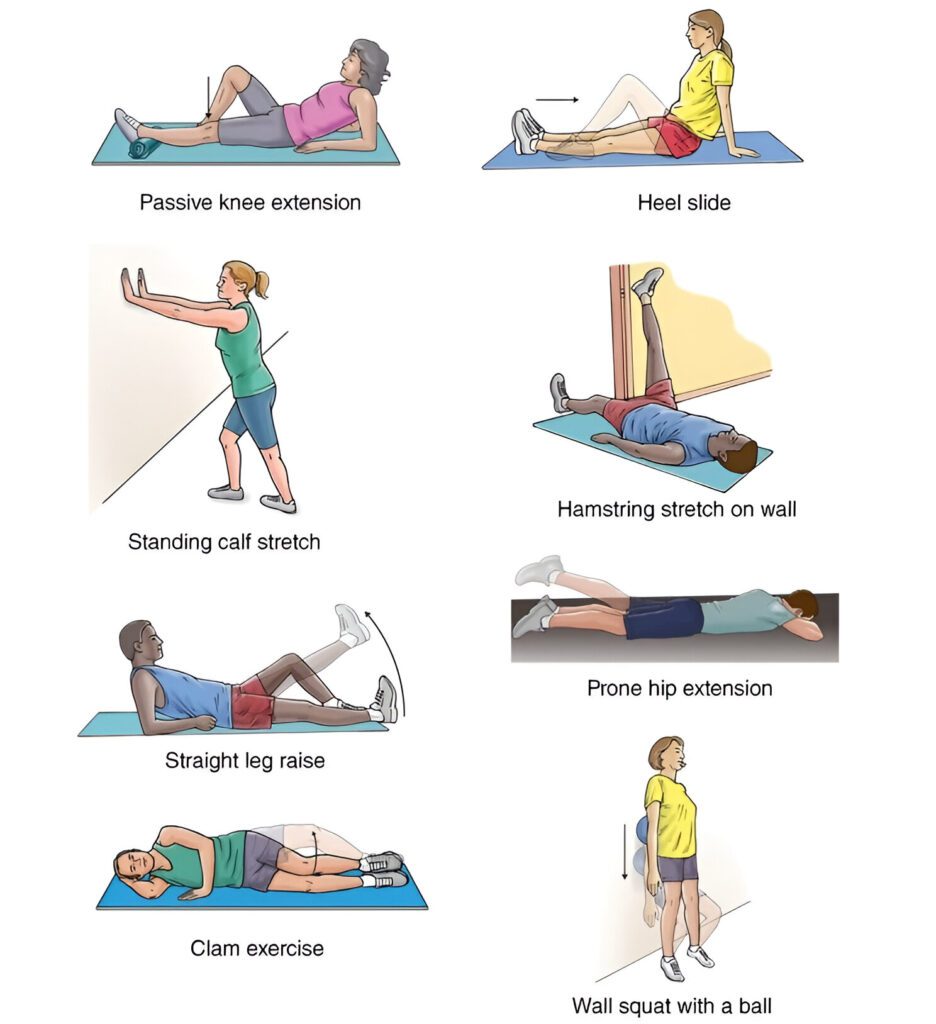
Example Recovery Timeline:
- Week 1-2: Focus on pain management and basic movements. Patients might use a walker or crutches.
- Week 3-6: Gradual increase in activities; start walking more frequently.
- Month 2-3: Transition to more strenuous activities and potentially return to work.
- Month 3-6: Continued improvement in strength and mobility, with most patients returning to pre-surgery activity levels, including sports, depending on the individual’s progress.
Read More about Post-Surgery Rehabilitation: 5 Crucial Steps Recommended by a Joint Replacement Surgeon in Kolkata
In summary, while recovery varies from person to person, robotic knee replacement surgery generally allows for a structured and efficient rehabilitation process. Patients can often look forward to a life with less pain and greater mobility.
Conclusion: The Advantages of Robotic Knee Replacement
Robotic knee replacement surgery marks a significant improvement in how knee replacements are performed, offering patients precise and tailor-made surgical experiences that improve outcomes and speed up recovery.
Key Points:
- Precision and Personalization: Robotic technology allows for highly accurate surgeries, ensuring better implant alignment and longevity.
- Quicker Recovery: Minimally invasive techniques reduce recovery time, helping patients return to normal activities faster.
- Enhanced Outcomes: Many patients report a more natural feeling post-surgery, leading to higher satisfaction and improved mobility.
As the technology evolves, the benefits of robotic-assisted surgeries continue to grow, presenting a promising option for those considering knee replacement. If you’re exploring surgery options, discussing robotic surgery with your healthcare provider could be a vital step.
Robotic knee replacement aims to restore your active lifestyle with minimal discomfort. Embrace the future of knee surgery by considering the advanced, precise, and effective solutions it offers.



